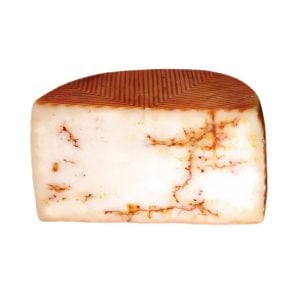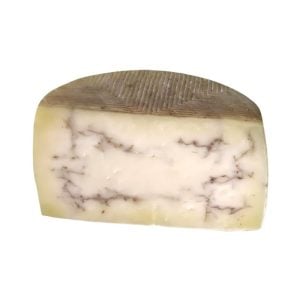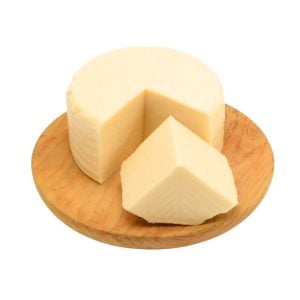The Beehive Blog
Raw Honey vs Regular: What’s the Difference and How Is Honey Made?
Not all honey is created equal. In the world of sweeteners, understanding the difference between raw honey vs regular honey can help you make better, healthier choices. From how honey is made to what sets raw honey apart, this guide uncovers the truth behind the jar.
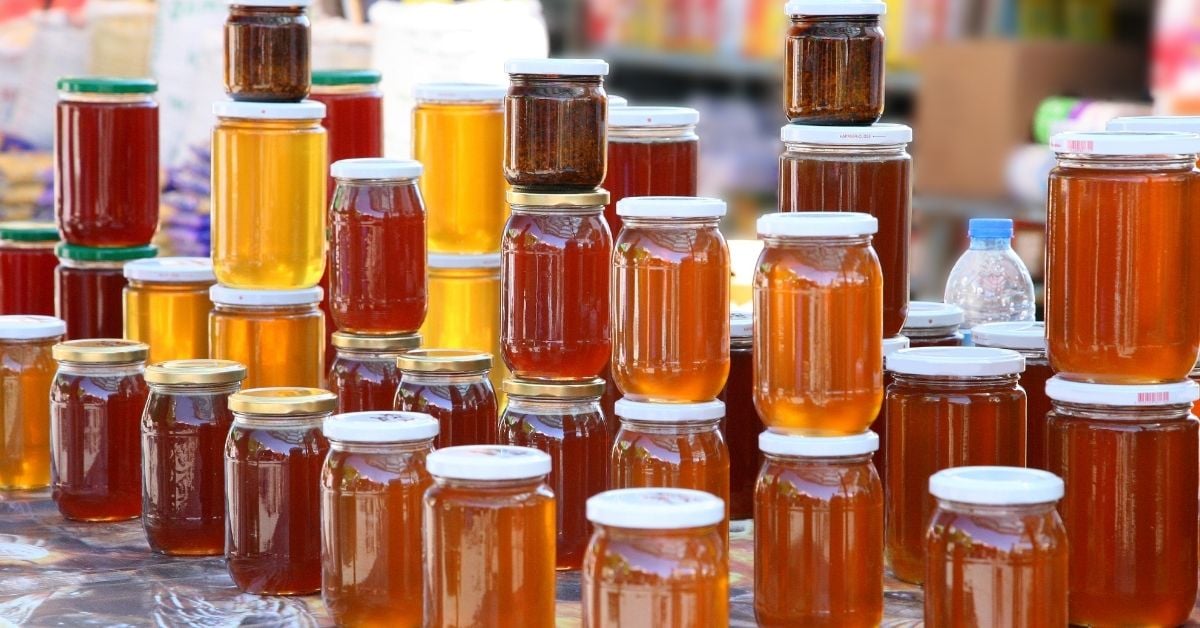
How Is Honey Made?
The process of making honey begins in the fields, where forager bees collect nectar from blooming flowers. They store the nectar in a special “honey stomach” and transport it back to the hive. During the journey, enzymes start breaking down the nectar’s complex sugars.
Once at the hive, the foragers pass the nectar to house bees, who deposit it into honeycomb cells. The bees then fan the nectar with their wings to evaporate moisture, gradually transforming it into thick, golden honey. This is where raw honey comes from—straight from the comb, unprocessed and unheated.
Regular honey, however, takes one step further: it’s filtered and pasteurised. This heating process makes it smoother and shelf-stable, but also strips away some of the natural benefits.
Raw honey, on the other hand, is a pure, unadulterated gift from the bees. It’s collected straight from the honeycomb without any heating or filtering. This means that raw honey retains all the natural goodness bees worked so hard to create. It’s thick, cloudy, and often contains tiny bits of beeswax, pollen, and propolis.
The most remarkable aspect of raw honey is its rich enzyme content. These enzymes, like amylase and invertase, have various health benefits and contribute to the unique flavour profile of raw honey. Moreover, when consumed regularly, raw honey teems with pollen, which can help with seasonal allergies.
Raw Honey vs Regular: Key Differences
1. Taste and Flavour
Raw honey retains natural flavour complexity, with floral, fruity, or earthy notes depending on the nectar source. No two batches are the same.
Regular honey is usually pasteurised and filtered, resulting in a uniform, milder flavour profile. It’s consistent but lacks the depth raw honey offers.
2. Nutritional Value
Raw honey is rich in antioxidants, enzymes, and trace minerals. It may also contain pollen, which some believe can help with allergies.
Regular honey loses many of these nutrients during the pasteurisation process, especially heat-sensitive enzymes and antioxidants.
3. Processing
Raw honey is minimally processed. It’s strained to remove large particles, but never heated.
Regular honey is often heavily processed to improve texture and shelf life.
The Health Benefits
Raw honey is often celebrated for its potential health benefits. It’s packed with antioxidants to boost your immune system and help fight inflammation. The enzymes in raw honey can aid digestion, and the pollen content may alleviate allergy symptoms when consumed in small amounts regularly.
Due to its pasteurisation process, regular honey will lose most of these health-enhancing properties. The high heat can degrade the enzymes and antioxidants present in the honey.
Is Raw Honey the Same as Organic?
Not necessarily.
Raw honey refers to how the honey is handled—untouched by heat or heavy filtration.
Organic honey refers to how it’s produced—bees must forage in pesticide-free areas, and the hives must follow certified organic standards.
Interestingly, organic honey can still be pasteurised. So, while it may come from clean environments, it could still lack the beneficial enzymes found in raw varieties.
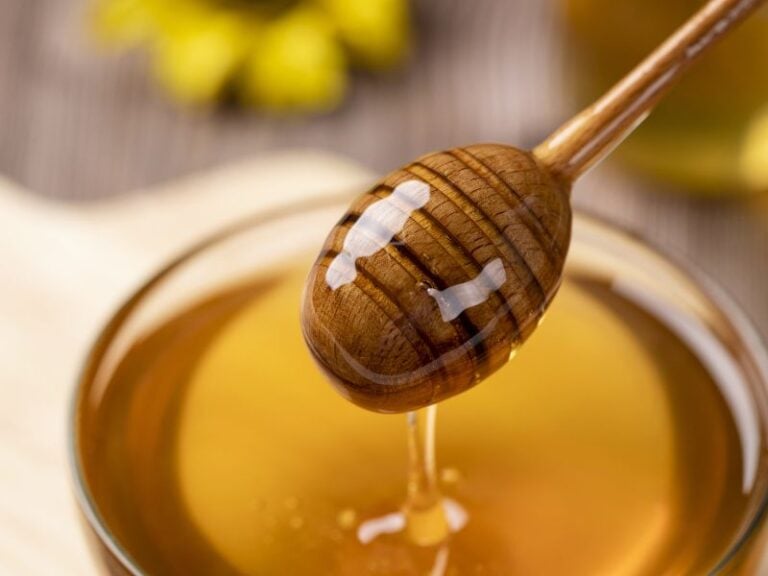
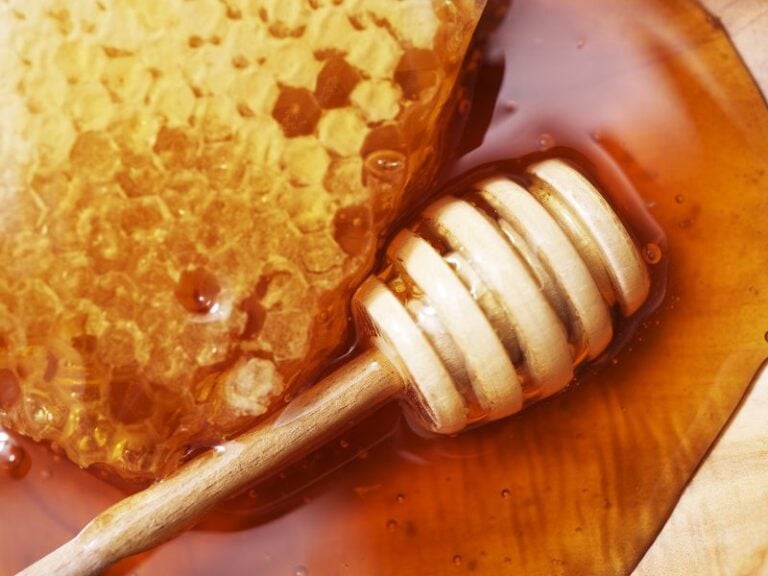
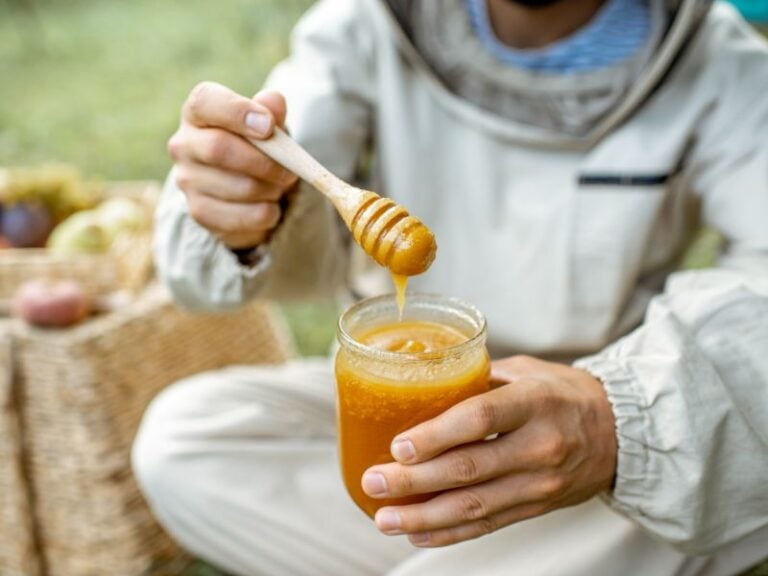
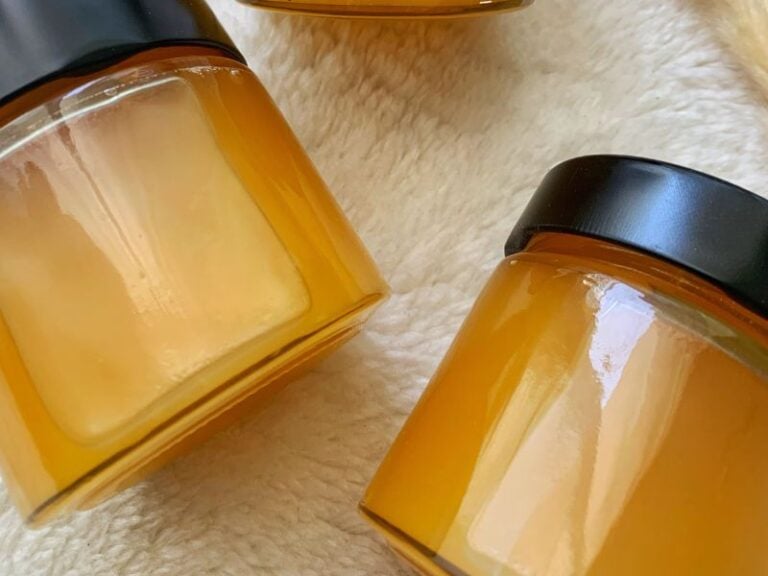
Final Thoughts: Which Honey Should You Choose?
Final Thoughts: Which Honey Should You Choose?
In the raw honey vs regular debate, it depends on what matters to you.
Choose raw honey if you want flavour complexity, higher nutritional value, and a truly natural product.
Choose regular honey if you prefer a consistent, processed option.
As a beekeeper, I always recommend raw honey. It’s a beautiful reflection of nature, the flowers in bloom, and the bees’ hard work, jarred without compromise.
Author:
Princess Bee Honey Co.
-
Hard Cheese with Chilli and Cacao
25 AED – 100 AEDPrice range: 25 AED through 100 AED Select options This product has multiple variants. The options may be chosen on the product page -
Hard Cheese with Truffles
31 AED – 125 AEDPrice range: 31 AED through 125 AED Select options This product has multiple variants. The options may be chosen on the product page -
Bulgarian Yellow Cheese
25 AED – 100 AEDPrice range: 25 AED through 100 AED Select options This product has multiple variants. The options may be chosen on the product page

